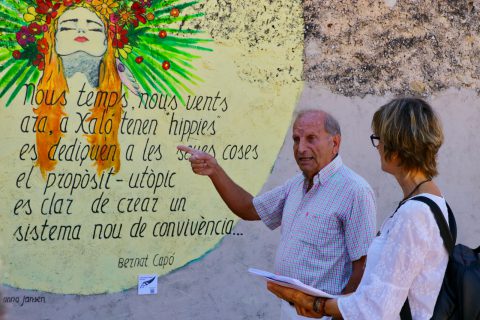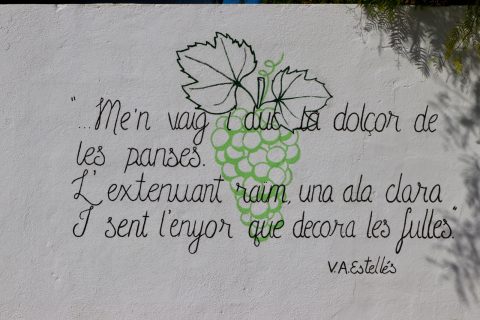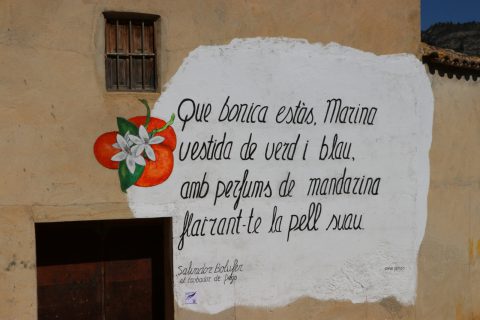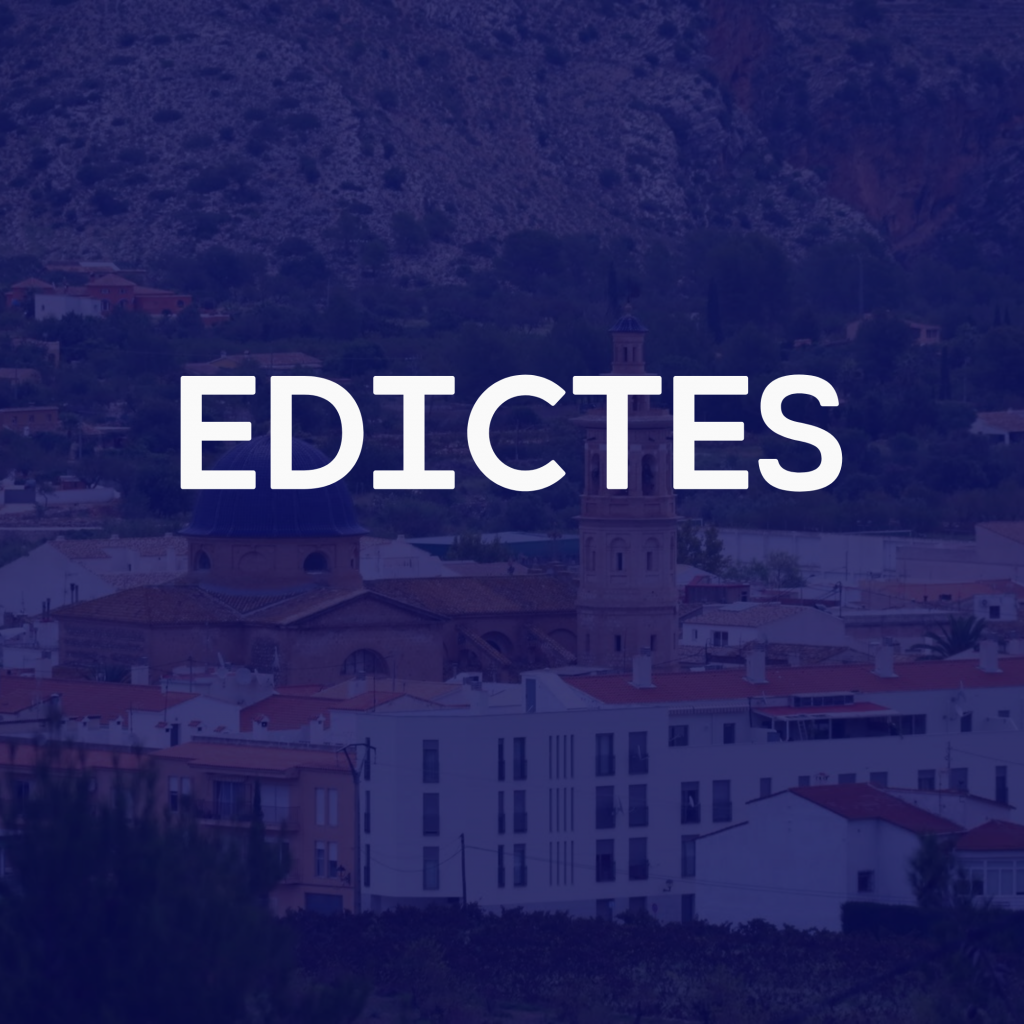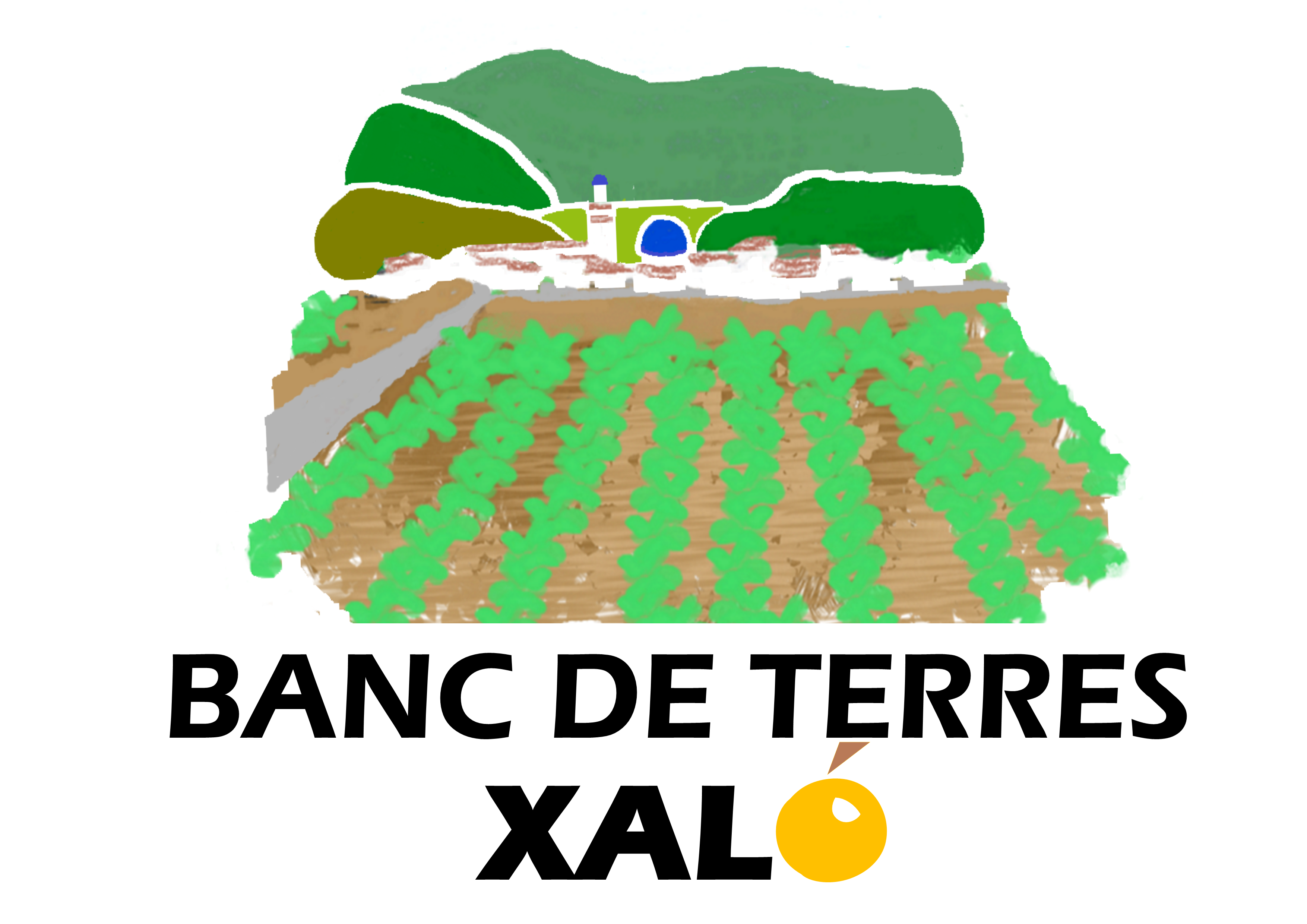- BERNAT CAPÓ
Writer’s biography
Berna Capó Garcia (Benissa, 1928). He originally began law studies but left them for work reasons. He started working in a transport company, a task that he joined with journalism, with collaborations in the Levante and Jornada newspapers .Returning from military service, he changed his residence to Alicante. At this time, he became part of the newspaper ‘Información’ and was named a correspondent of the EFE Agency, a national radio station and the newspaper ‘Levante’.As a writer he has cultivated diverse genres, although always united by the common denominator of prose. Among his works, the narrative form occupies a pre-eminent place : Espigolant pel rostol morisc (1980), Rèquiem per una amistat (1980), El rossinyol del poud’avall (1983), El cant de l’alosa (1986), La Criminala (1986), Pleni luni (1993), El teula díutòpic are some of his titles.He is also the author of a compilation of short stories, Cronicó de sisè (1987), and a novel “On ets, Gigi?” (1992). His works try to reflect the cultural background of the world around him: Estampes Pobletanes (1978), el Costumari Valencià (I and II, 1992 and 1994 respectively) or his book, Terra de cireres(2002). He died on March 14th 2017, still working as a journalist, writer and lecturer almost until the end of his days. As a tribute to his person and his literary and humanistic dedication, the Town Council of Benissa unanimously decided to open the Municipal Public Library with the name Bernat Capó. In April 1999 the editorial Bullent, with the collaboration of Bancaja, created the Bernat Capó Popular Culture Award. He was an honorary member of the Catalan Writers Association. In 2004 he received the Vincent Ventura award. And 2013 received the Silver Medal from the Consell Valencià de Culture.
Extract
Nous temps, nous vents. Ara, a Xalótenen “hippies”. La gent així els anomena.
Han llogat –si paguen o no és cosa dels propietaris– vells i fins i tot en runats casalots, en llocs d’arrel mora com Benibraïm i Masserof i d’altres de clar origen romà com les Planisses o les Passules. Es dediquen a les seues coses, que no són, ni més ni menys, sinó excloure’s voluntàriament de la societat, prescindint-ne quasi totalment, amb el propòsit –utòpic, é sclar– de crear un sistema nou de convivència, basat en la fórmula de fer el que a un li agrade sempre que vulgafer-ho.
Extract from Chapter III of “Miratges” entitled: “Xaló, Visca el Vi i fora els<<Hippies>>.
The piece comments about the arrival in Xaló of what the author calls “hippies”, settling in areas such as that of Benibraïm and Masserof. It refers to their way of life and their willingness to create a new system of coexistence by excluding themselves from society on a voluntary basis.
Mural by local artist Anna Jansen. (behind the Molí de Giner,in the alley to bakery Vicentica)
2. VICENT ANDRÉS ESTELLÉS
Writer’s biography
Vicent Andrés Estellés (Burjassot, l’horta, 1924 – Valencia, 1993). Poet and journalist. Considered the main renovator of contemporary Valencian poetry, he is also remembered as the greatest poet that Valencia has produced from the 15th century to the present day, that is, from the time of Ausiàs March and Roís de Corella.
From his poetry books, the highlight is the second volume of his complete works, Les pedres de l’àmfora, which received the Lletra d’Or Award (1974) and Crítica Serra d’Or (1975). His two poem compilations describing the Valencian County are also remarkable: Llibre de meravellesand Mural del País Valencià. He received the award of Honor for Catalan writing (1978) and the award for Valencian writing (1984). Several singers have sung his poems. Among them, Ovidi Montllor stands out with the song Coral romput. He was an honorary member of the Catalan Writers Association.
Poem
Adéu, remors de fulles i corol.les,
adéu, estams d’adelerada llum,
adéu, tancatsamb un anell al mig,
adéu, els solcs, els riuraus, la tendresa.
Els capaltards, els dies de metalls,
el uncomriu que creuava el migdia.
Aquell amor de gesmil i baladre,
aquell amor fulgurant a la fosca.
Me’n vaig i duc la dolçor de les panses,
l’extenuatraïm, una ala clara,
i sent l’enyor que decora les fulles.
No tornaré si no éscapaltard,
Com un amant, una tomba, un dolor,
Com cavaller amb un punyal al cor.
The poem speaks of a farewell that precedes a tremendous sense longing. It describes a deep feeling of nostalgia for the land that he leaves behind and the moment he will return to it.
Mural by local artist, Sento Femenia (in the parking of the Polideportivo, the sports centre).
- SALVADOR BOLUFER
Writer’s biography
Salvador Bolufer Femenia (Pego). A hardworking, storyteller and folk singer. He has made numerous creations for the theatre, radio and television musicals. He is an impenitent lover of poetic satire, a genre he often uses to reach his conclusions by way of absurdity. He divulges his own experiences and interprets them through publications of various kinds, where he cultivates verse and prose based on wild and bizarre grammar. He is the founder and member of the company ‘Burrera Comprimida’, a stage group born as a result of a show based on the poem by Bolufer of the same name published in 1999. Burrera Compimida S.A. defines itself as a clandestine NGO which operates at the point of inflection between reality and fantasy. Bolufer however, still does not know “what he wants to be” when he is older.
Poem
Elegia a la Marina Alta
Era guapa, atractiva i fresca com una rosa. Ara s’arrossega com una putarranga entre les despulles d’un progrés enganyós que van ordir el especuladors, van consentir elspolítics, i estempagant entre tots “Qui vinga darrere que rasque!” –deien. I allò que havia de venir “darrer”… Ja h vingut!
Que bonica estàs, Marina
vestida de verd i blau,
amb perfums de mandarina
flairant-te la pellsuau…
….
I una gruixa vegetal
Formant brolls de pelussera
t’estufen la cabellera
des de Bèrnia i el Xical
a la Vall de Gallinera
….
Qué lletja estàs, Marina!
Recoberta de ciment,
Amb brials de serpentina,
Amb tangues de purpurina
I ambaires de prepotent.
A poem dedicated to the Marina Alta that emphasises its beauty and grandeur, but also refers to the great impact suffered after years of real estate speculation and construction.
Mural by local artist Anna Jansen (next to the main road, “Palacio de Ramón”, close to the blue bridge).

